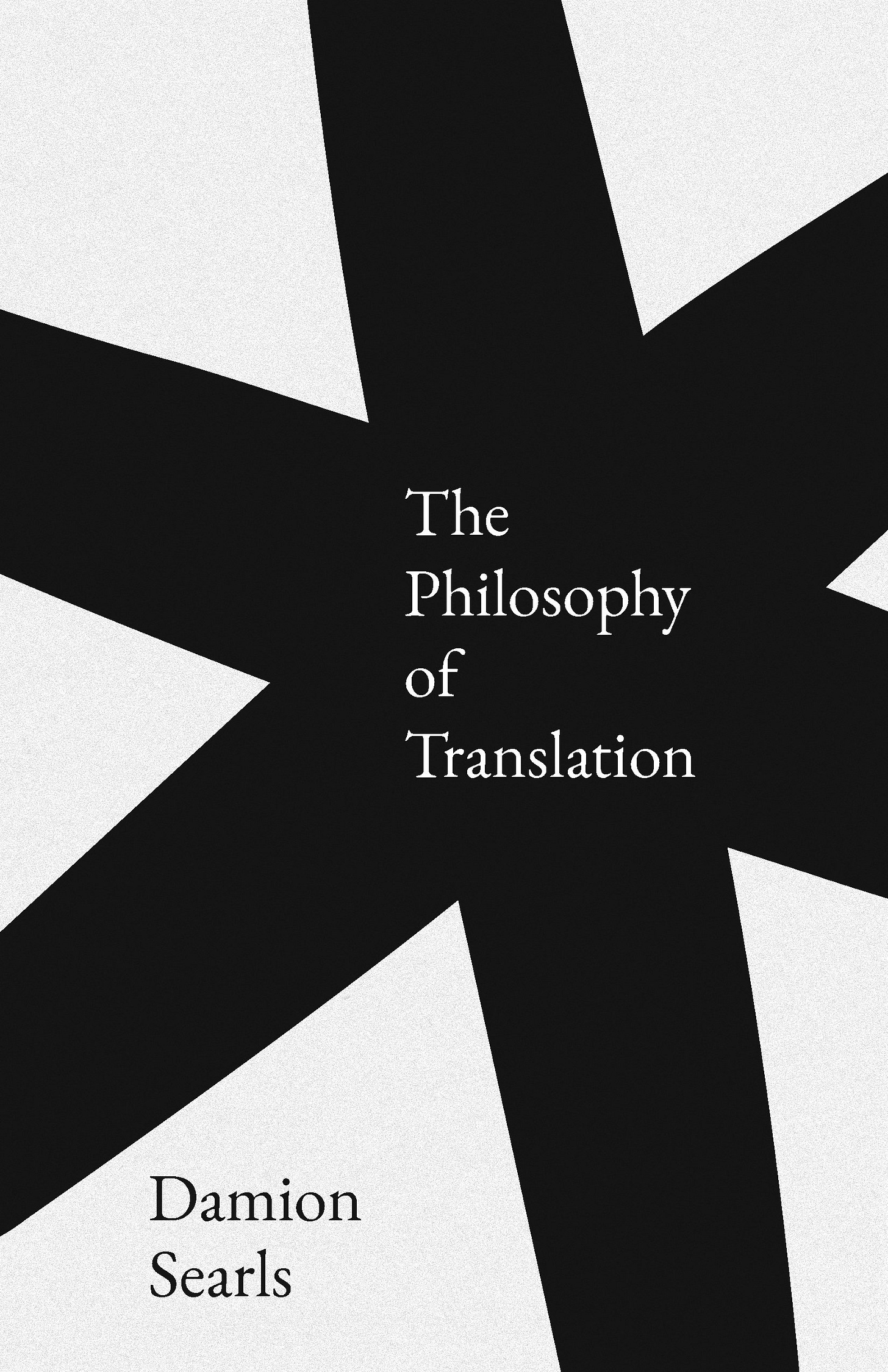Reader's Digest, July 5, 2025
In the last NYRB, Kwame Anthony Appiah reviewed two recent books about translation. One is by Damion Searls, whose Tractatus I criticized in this space, provoked in part by his complaint about philosophers as translators of philosophy.
His new book is The Philosophy of Translation and Appiah is a philosopher, so after praising Searls as a prose stylist—
His pages are enlivened by his love of wordplay (he’ll chide a translation for its “word orders unidiomatic”) and a flair for the epigrammatic. “There are no rules, only decisions,” he says at one point about his craft.
—Appiah takes a scalpel to his ideas. Specifically, the proposal that translators perceive “affordances.” In the jargon of J. J. Gibson:
The affordances of the environment are what it offers the animal, what it provides or furnishes, either for good or ill.
Searls finds the same idea in Maurice Merleau-Ponty and applies it to the activity of translation:
We should stop thinking of translators as “free to choose” their translation: we are actually guided by the original in the same way that a chair “makes us” see it as a chair.
In the end, Appiah reports, Searls rejects the model of choice entirely:
The question of how I “choose” which words to “use” in a translation feels to me a bit like asking what pictures I “choose” to see in my mind when I’m reading an Austen or Dickens novel. Or what I “choose” to see and hear in a given environment, when my eyes are pointed at a sunset or my ears are near a barking dog—this is the analogy with perception. I’m not choosing.
Appiah finds this incredible:
He’s not choosing? For page after page he beguilingly explains his choices as a translator, often reached through considerable struggle and second-guessing (and sometimes in consultation with the author he’s translating). Hence his dictum “There are no rules, only decisions.” Of course he’s choosing.
Appiah ends by pasting a Band-Aid on the severed limb, suggesting that Searls’ own virtues—“his generally meticulous attention to context, his sophisticated interpretive moves, his sense of translating as finding a path through a text”—belie his argument, in a way that does him credit. But the injury is done.
Or is it? Not having read the book, I was struck by the way in which this reading thins out the idea of an affordance. Instead offering a place to sit, a chair is seen, tautologically, as a chair. Isn’t the point of an affordance that I see not just what is but what might be, where the possibilities may be multiple? Appiah notes that, for Searls, a chair is “something that can be sat on,” but the potentiality drops out of the narrative he recounts. Did it get lost in translation?
I went to the source and what I found was initially promising. “Just as there are relatively few things one does with a coffee mug,” Searls writes, “a question or statement or other use of language doesn’t leave us free to pick from an infinite menu of possible responses… There are lots of possibilities, but they aren’t endless and they have a structure.”
The picture here is of an environment that offers many options, with which (one sees) one can interact in a constrained plurality of ways. The analogous view of translation would leave room for choice: deciding which of the interpretive options to actualize. This may or not work as metaphysics, but I’m prepared to believe it fits the phenomenology of the translator.
One of the things we are invited to do with an utterance—one possibility an utterance affords us—is to translate it. And if we do, we are guided by the original, which proposes or affords us a large but far from infinite range of appropriate translations. To translate is to act on the kind of taking up the text affords.
The problem is that Searls doesn’t leave things here: the passages I’ve just quoted come before the one that Appiah cites, in which we have no choice but to see a chair as a chair; we’d be making a mistake if we didn’t—there’s only one way to take it—and translators are “guided by the original in the same way.”
The sentence that follows, which Appiah doesn’t quote, revives the reader’s hopes only to dash them:
Let me reiterate that not being free doesn’t mean we’re enslaved—in the end, we can translate however we want, much as we can use a chair as a table or a sculpture or a battering ram if we want, but we’re prompted to see it as and use it as a chair, because after all it is a chair.
At first, we get a renewal of options—but then we’re told that the only option other than fidelity is to flout the affordance and translate against the grain, using a chair as something other than a chair.
In the end, then, Searls defaults on the model of multiple affordances, a model which could explain the experience of both choice and constraint in translation. Ironically, the ideas on which he draws afford an interpretation more compelling than his own.




